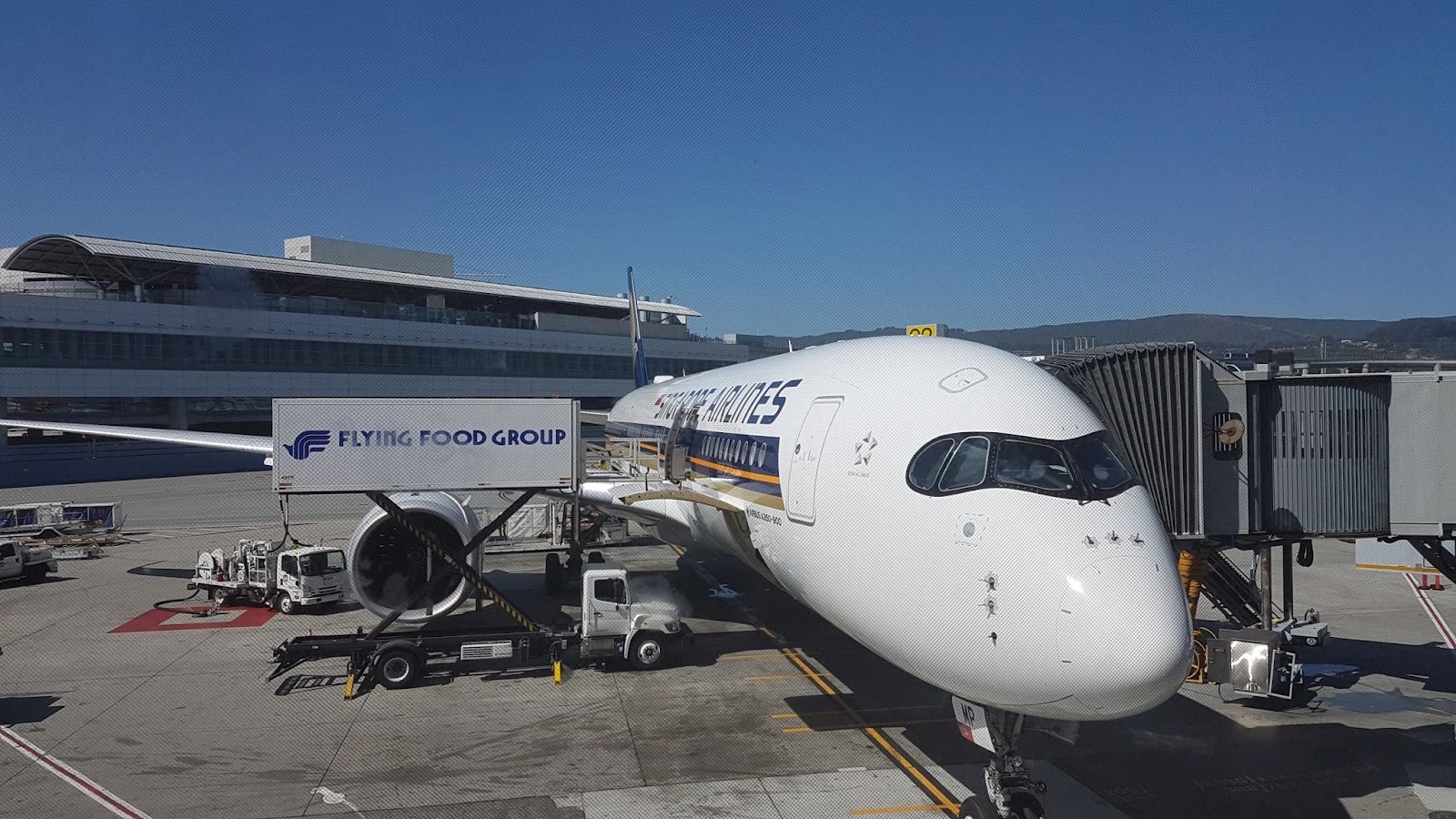Like a big rock thrown into a pool, the many ripples from mass media redundancies and some sackings of journalists and others across Australia’s main newspaper groups can be expected to last long and have a profound effect.
For some it is straightforward enough. Ask a top reporter at one metropolitan daily about the impact and he simply says: “Virtually everything I now write gets in and I work one Sunday in four instead of one in six.”
Over at the monopoly newsagency, AAP, former Sydney Morning Herald editor-in-chief Peter Fray now runs a new freelance agency for subscribers called AAP Newswire Exclusive offering “an extensive roster of high calibre writers and columnists”. Writers and columnists will report and comment on topics including sport, business, lifestyle, personal finance and entertainment. They will also write opinion columns.
The clear advantage for those in corporate affairs or PR is that some familiar names, and contacts, will now be filing for every paper across the nation, offering blanket coverage in this wide range.
It is an opportunity for PR’s to reconnect with journalists on their contact lists to see if or how the world has changed for them and what that means for issuing stories, media releases and broader communication strategies. This trend is visible globally, too, where major dailies, such as The Guardian in London, have decided to carry newsagency stories, including the reporters’ bylines, rather than follow the time-honoured practice of getting agency pieces rewritten in house.
Elsewhere there will be increased competition as journalists turn their skills to in-house PR or as freelancers.
As they stumble from the increasingly darkened newsrooms, these journalists face another massive dilemma: does daily newspaper experience arm a person for corporate communications, media training or freelance PR? And are the former newshounds better or equally as well equipped for this as those specifically trained in the area? Clearly, if a professional has been a reporter, he or she would have a clear idea of what other reporters want.
Whether that is what a client wants or needs in their strategic media relations is another matter.
For instance, journalists accustomed to writing for a wide general audience, have found it tough adapting to the strictures of business-to-business PR and marketing, with its rigid delineation of what a client needs.
Reporters come with a set of skills. When the broad issue was raised on the well-read website of US commentator Jim Romanesko, a reader commented, “The need to get to the heart of the story, the desire for relevant detail, the quest for context, statistics, quotes that back up your top line and getting a message across in simple, easily-understood language without lapsing into jargon, are all aspects a reporter is looking for.” And, within a deadline.
Further, she argued that PRs lacking a journalistic background write as well, if not, better, than many reporters.
The best such PRs also get a client’s message over and meet journalists’ requirements.
For every journalist who has successfully transformed into a media trainer or crises/issues management advisers, as go-to people for a host of headline-making big names who need a sophisticated and soothing PR strategy (often when the tide is running against them), think Lance Armstrong and Matt White and Australian cycling, Damien Oliver and Danny Nikolic and Australian horse racing, there are arguably dozens of former newshounds who struggle to connect a client’s needs with the shaping of a story.
Reporters who do not cover the business world are also in a bind. Unbelievably, when asked some see PR as consisting of writing releases and “handling” the media, overlooking the skills needed to manage different internal clients, design and track campaigns, organise and stick to a budget and lead a team (or simply work with one).
Sam Elam, a seasoned corporate and agency PR practitioner, PRIA Fellow and now managing director of Australia’s largest media training organisation, Media Manoeuvres, hiring and training journalists as media trainers, says she has lost count of the number of journalists who think they are walk-up start for senior corporate PR jobs by bluffing their way through interviews. It is a sobering and often harsh experience when the reality of moving into a different world finally dawns.
What journalists do often bring is a depth of understanding, a wider view perhaps lacking in some of those caught up in their companies and clients. But in spite of this, PRs and corporate affairs do not need to worry, there is a long road ahead for journalists fresh off the tools to transition into the world of strategic communications and the political corporate/bureaucratic zoo.
Contrary to existing PRs fears or journalist aspirations, that big rock might just not create enough waves in the pool to wash over communications professionals.





